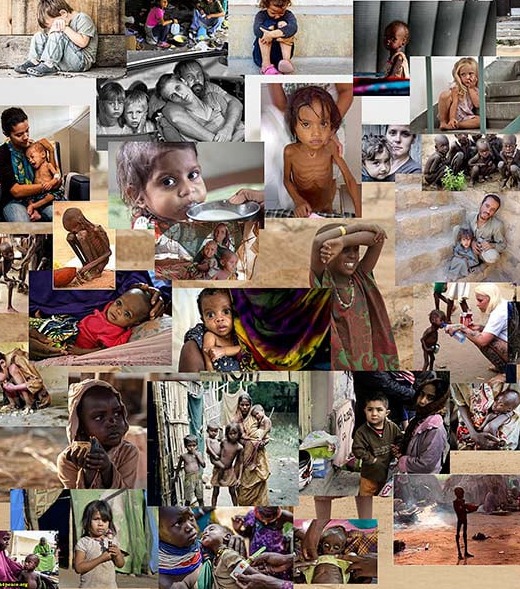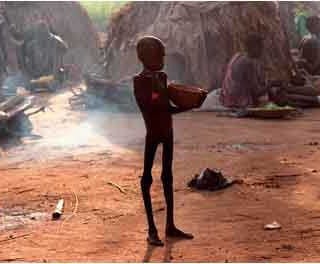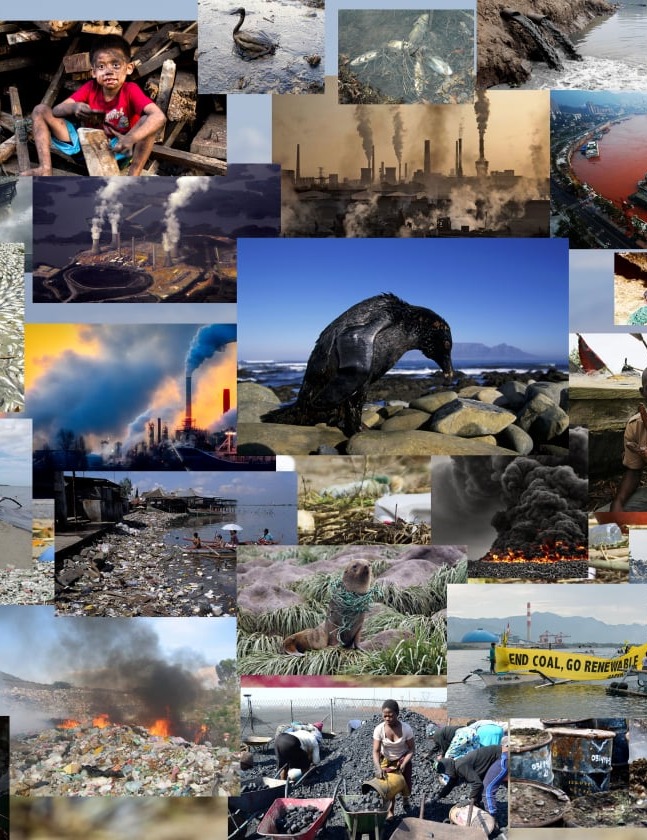
United Earth for Peace
Seeking Ways to Improve the Human Condition

Seeking Ways to Improve the Human Condition

In our complacency, we forget about all the suffering in the world. Suffering caused by more than just war. Hunger is a worldwide problem. Climatic changes in the world have caused worldwide famine. Millions stare starvation straight in the face. For millions more it is a struggle just to survive. Even in America, the land of the free and the home of the brave, millions will go hungry.
This is where the greed, anger, jealousy, and personal ambitions of a few have led us. We do not see because we do not wish to see, and those in power do not want you to see the worldwide suffering that they have caused or ignored.
People of the Earth unite. Join us in our quest to find a way to help those in need. Only by uniting can we send a strong message to the leaders of the world. Let us shout with a single voice, "Enough is enough." Together we can end the suffering in the world. Alone we are just another voice in the night.

According to the World Health Organization, hunger is the gravest single threat to the world's public health. The WHO also states that malnutrition is by far the biggest contributor to child mortality, present in half of all cases.
1 person dies every second as a result of hunger - 4000 every hour - 100 000 each day - 36 million each year - 58 % of all deaths (2001-2004 estimates).
1 child dies every 5 seconds as a result of hunger - 700 every hour - 16,000 each day - 6 million each year - 60% of all child deaths (2002-2008 estimates). Some place the number of children dying of hunger at 20,000 to 25,000
There were 923 million hungry people in the world in 2007, an increase of 80 million since 1990, despite the fact that the world already produces enough food to feed everyone - 6 billion people - and could feed the double - 12 billion people.
In 2005, an estimated 100 million people worldwide were homeless.
In America almost 50 million live in poverty struggling to put food on the table. Half the hungry in America are children.
Palestine an ever shrinking population because of a war that have taken the lives of 20,000 children alone is at risk of total starvation. A horrendous act of genocide caused by the nation of Israel.

The Major Forms of Pollution Are:
Air pollution, the release of chemicals and particulates into the atmosphere. Common gaseous pollutants include carbon monoxide, sulfur dioxide, chlorofluorocarbons (CFCs) and nitrogen oxides produced by industry and motor vehicles. Photochemical ozone and smog are created as nitrogen oxides and hydrocarbons react to sunlight. Particulate matter, or fine dust is characterized by their micrometer size PM10 to PM2.5.
Light pollution, includes light trespass, over-illumination and astronomical interference.
Littering, the criminal throwing of inappropriate man-made objects, unremoved, onto public and private properties.
Noise pollution, which encompasses roadway noise, aircraft noise, industrial noise as well as high-intensity sonar.
Plastic pollution, involves the accumulation of plastic products and microplastics in the environment that adversely affects wildlife, wildlife habitat, or humans.
Soil contamination, occurs when chemicals are released by spill or underground leakage. Among the most significant soil contaminants are hydrocarbons, heavy metals, MTBE,[22] herbicides, pesticides and chlorinated hydrocarbons.